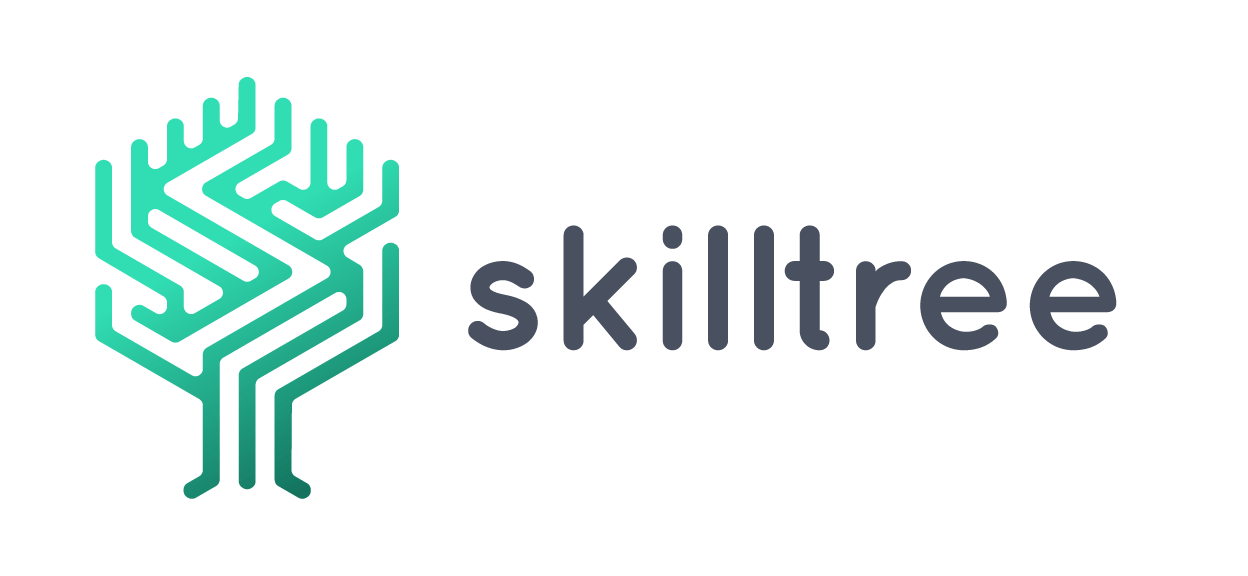When employees leave the company, be it because of a change of profession or retirement, a replacement is usually necessary. The result is costly and time-consuming recruiting. If it is a key company position, it can also result in work processes being interrupted and efficiency and performance being lost.
For such scenarios not to occur surprisingly, a human resources development plan that includes strategic succession management is required.
Definition of succession planning
Succession planning aims to fill key positions in the company or continuously plans to know by whom it can be filled. As part of human resources development, it usually falls within the remit of human resources. In some organizations, however, executives are also involved in succession management.
In the course of personnel development and in combination with talent management, skill gap analyses or career management, the task of succession planning is to create or plan suitable replacements. If personnel development does not realize sufficient succession planning, an appropriate recruiting strategy must be selected.
Info Box: Key positions or key personnel play a central role in the implementation and achievement of corporate goals. They are often persons with responsibilities for areas of action that lie entirely in one person; Eg. the IT specialist, executives or persons with special expertise.
In larger companies, i.e. with over 450 employees, succession planning often takes place exclusively for management positions, especially top management. Rudimentary succession management deals with lists of potential successors. Strategic succession planning includes adapted and continuous processes which are usually managed in combination with skill management.
Reasons for succession planning
“Almost every second (49 percent) of the more than 23,000 companies that responded cannot fill vacancies over the long term because they cannot find suitable workers.”
Finding a suitable job or specialist is often tricky or even problematic. The establishment of strategic succession management, which primarily focuses on the further development and training of employees, is often the chosen strategy of companies, consequently avoiding expensive and time-consuming recruiting. Employees built up through further development and training are also characterized by their corporate culture fit, as they are already familiar with the company.
In order not to lose those employees who have built up, various measures are required, such as employer branding measures or regular employee appraisals in order not to lose employees.
“Almost every second company (49 percent) is looking for candidates with dual vocational training and is unsuccessful of the companies with job filling difficulties. If you look at all companies and not just those that have job filling problems, this corresponds to 23 percent.”
DIHK 2019 (German Industry and Commerce chamber)
Occupational qualifications, especially vocational training, are in demand on the job market and are difficult to recruit. In combination with succession planning and talent management, talent identification can ensure that qualified employees and talents receive special attention in personnel development. In addition, there is also a competitive advantage when companies are less dependent on expensive recruiting because their own talents are built up and retained.
Succession management process
Succession management is an ongoing process that must be integrated into a people development strategy.
An exemplary and simple process of succession management is broken down below.
Findings key positions
In this phase, company positions and roles are identified, essential for achieving the company goal and its success. Often these are positions that one or a few people only occupy.
Finding a single point of knowledge
The aim here is to find individual competencies that one person in the company can only master. So if that person leaves the company, the knowledge or competence is also lost.
Succession planning can therefore not only be built with a view to essential key positions, but also with a view to key competencies.
Create job profiles
Job profiles or requirement profiles make it possible to plan recruitment more structured. In particular, competency profiles can be used to support replenishment and ongoing career planning.
Requirements analysis
Which key worker is about to retire or leave the company due to pregnancy or parental leave? Is there a risk due to sick leave that key positions are vacant?
Succession search and internal recruiting
Based on the previously defined requirements, skill gap analysis can be used to find suitable employees internally who are ideal for a successor. An internal competence database can also be used for finding a successor. For this, a skill management solution which supports this functionality is required. Internal recruiting measures such as internal tenders can also be used.
Training and education
Once the right person is in place, the next step will be the implementation of training and development programs. It is also necessary to discuss the company plans with the potential successor. So it is communicated that the person is offered and promoted new perspectives in the company. Such ambitions can only be successfully implemented with the consensus of the employees.
External Recruiting
If no suitable successor can be found internally, classic recruiting is required.
Succesion Planing can be skilled
Check out how easy it is with Skilltree
Succession planning trends
An observable trend in succession planning can be seen in dealing with employees. Employees are increasingly involved in succession planning. Among other things, they are more and more asked about their goals and career ideas in employee appraisals.
In the sense of New Work, employees are asked about their ideas and expectations regarding work. The reason is, only intrinsically motivated and convinced employees are reliable and successful successors in the long term.
